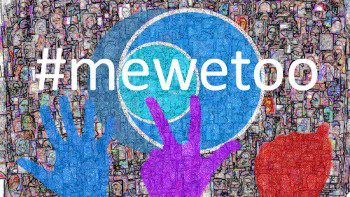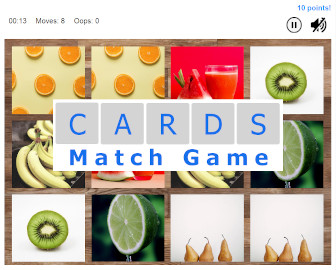Titanium Dioxide: Widely Used in the U.S., Banned in Europe - What You Need to Know
Titanium dioxide (often listed as E171 in ingredient lists) is a bright white pigment commonly used to make products appear whiter and more opaque. You’ll find it in everything from toothpaste and sunscreen to candies, pastries, medications, and even paint. Despite its widespread use in the United States, the European Union banned titanium dioxide as a food additive in 2022, citing safety concerns. So why the stark contrast, and what should consumers know?
What Is Titanium Dioxide?
Titanium dioxide is a naturally occurring mineral that’s processed into a fine white powder. It has excellent light-scattering properties, making it useful as:
- A pigment in paints, plastics, and cosmetics
- A UV filter in sunscreens
- A whitening agent in food products, including candy coatings, chewing gum, and baked goods
- A coloring or bulking agent in pharmaceutical pills and supplements
In the U.S., it’s still considered generally recognized as safe (GRAS) by the FDA, with usage limited to no more than 1% of the food product's weight.
Why Did Europe Ban It?
The European Food Safety Authority (EFSA) reviewed titanium dioxide and concluded in 2021 that it could no longer be considered safe as a food additive. The main concern wasn’t about immediate toxicity, but rather the potential for genotoxicity - the possibility that tiny particles could damage DNA, potentially leading to cancer over time.
Key concerns included:
- Titanium dioxide particles can accumulate in the body over time.
- Long-term effects of consuming nanoparticles (especially in high quantities or over long periods) remain poorly understood.
- There was insufficient evidence to rule out genotoxic risk.
As a result, the EU banned it in food starting August 2022, joining other countries like France, which had already taken precautionary measures.
Why Is It Still Allowed in the U.S.?
The FDA has not changed its position. According to their current guidelines, titanium dioxide is safe for use in food when used within prescribed limits. U.S. agencies typically require conclusive proof of harm before removing a substance from the market, whereas the EU tends to follow the precautionary principle - banning or restricting substances when scientific uncertainty exists and potential harm is serious.
There’s also a slower regulatory process in the U.S. when it comes to reevaluating ingredients that have long been approved.
Where Might You Find It?
Here are some common products in the U.S. that may still contain titanium dioxide:
- Candies like Skittles, M&Ms, and Mentos
- Frosted pastries and powdered donuts
- Chewing gum
- Toothpaste and mouthwash
- Supplements and medications (especially in capsule coatings), such as Advil
- Sunscreen (as a physical UV blocker)
It’s important to note that the ban in Europe only applies to food, not to cosmetics or sunscreens - where it is still widely used for its UV-blocking properties.
What Can You Do?
If you’re concerned about titanium dioxide in your diet, here are a few tips:
- Read labels. Look for “titanium dioxide” or “E171” in ingredient lists.
- Choose organic products. Organic standards in the U.S. generally prohibit synthetic additives like titanium dioxide.
- Use EWG’s Skin Deep Database to check personal care products for ingredients of concern.
- Check supplements and meds. Look for “titanium dioxide” in the inactive ingredients list. You can ask your pharmacist for alternatives without it.
In Summary
Titanium dioxide is another example of how different countries weigh scientific uncertainty and consumer protection. While the U.S. still permits its use in food and personal care products, growing public awareness may influence manufacturers and regulators alike. Some major brands have already begun phasing it out voluntarily due to consumer demand.
If you're trying to reduce unnecessary exposure to controversial additives, keeping an eye out for titanium dioxide is a smart place to start.



 Report a concern
Report a concern

 Add Comment
Add Comment



